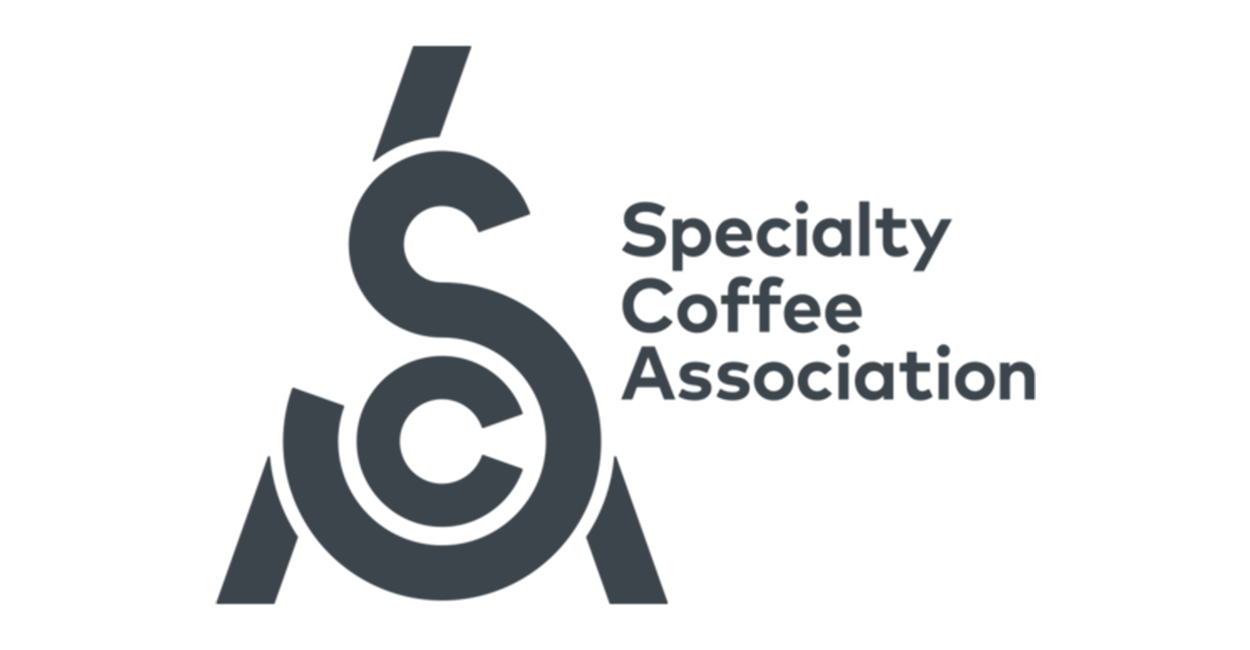The Specialty Coffee Association (SCA), an essential non-profit within the industry, states that, “Specialty coffee can consistently exist through the dedication of the people who have made it their life’s work to continually make quality their highest priority.” Although vague, the SCA’s definition immediately brings to mind two fundamentals: (1) Quality and (2) Community. The folks at SCA must be more preoccupied with the recent merger between the Specialty Coffee Association of America (SCAA) and the Specialty Coffee Association of Europe (SCAE) as of January ’17!
In terms of quality, specialty coffee requires a specific rating of at least 80 out of a 100-point scale, a distinction created by the SCAA. Within the industry there are licensed Q-Graders, who are certified specifically in coffee tasting. Although not a direct parallel, the Q-Grader is to coffee as the Sommelier is to wine, and there are over 1,000 Q-Graders dispersed globally. Q-Grading combines both objective, real measurements with subjective sensory traits. And, the rigor of the program and its continuing education has reduced the margin of error between graders to between 1-2%. The coffee beans are scored on 10 distinct categories, including dry fragrance, brightness, body, sweetness, uniformity, and finish, to name a few. For perspective, Coffee Review, an organization that conducts blind, expert cuppings (read “tastings”) of coffees and publicly reports the findings, provided the following: Stumptown Hairbender (90), Dunkin Donuts Original Blend (79), Starbucks Breakfast Blend (78), Maxwell House 100% Colombian (75), and Folgers Classic Roast (67).
While graded strictly on quality, specialty coffee cannot be divorced from the network of support and education that extends all layers of the supply chain. The SCA’s reference to community concerns the beans’ journey, from hand to literal hand along this extensive chain. Once the coffee cherry is handpicked from the tree, there is zero potential for the quality of the bean to improve, it may only decline. The processing, drying, milling, storing, exporting, roasting, and brewing must be approached with the utmost care and precision for quality control. Beans are cupped and scored by Q-Graders after roasting, so, quality control must be strong through this stage. Here are a few best practices within the specialty supply chain:
- Coffee is a fruit! So, red and ripe coffee cherries are picked selectively from trees, and unripe cherries are left to develop. This method is more time consuming than “strip” picking the cherries from trees all at once.
- Whether washed, semi-washed, or dried-in-fruit (natural), coffee cherries must be processed properly. A cherry subject to excess fermentation during the wet washing method will certainly carry a sour note.
- Specific timing of the drying process is important — too hot and fast, and it will tend to have a papery flavor, too slow and incomplete, and it will taste moldy.
- Storage is paramount to high quality coffee. Longer storage will fade acidity, which is indicative of moisture levels dropping below 10% (not good) and a sprint from freshness.
Coffee’s journey from seed to cup involves a lengthy supply chain with delicate intricacies and nuances, and the collective efforts guiding the bean must have purpose. Specialty coffee rises above commodity grade due to its supreme quality made possible by a dedicated and caring community.



Leave A Comment